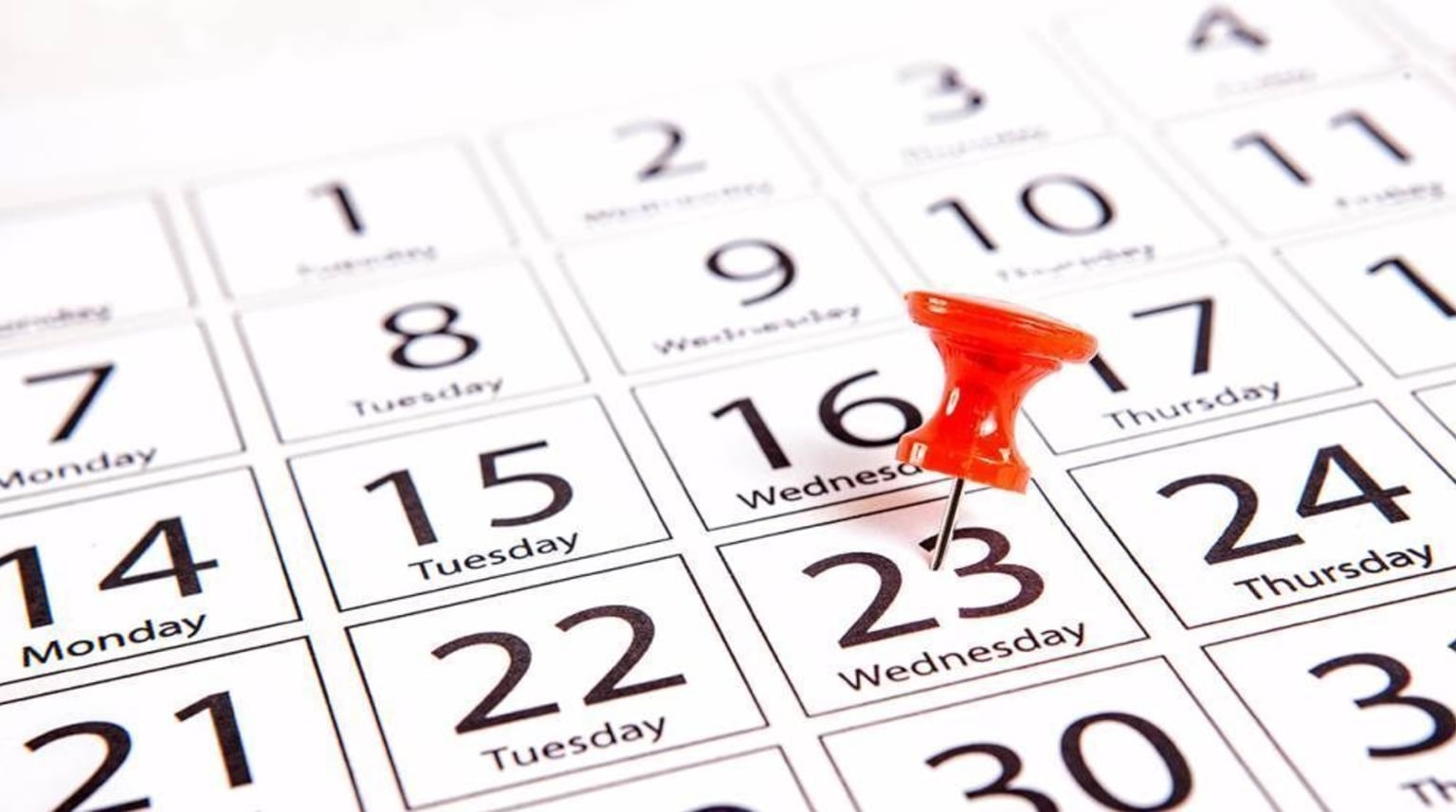How to Prepare and Organize a District Meeting

District Administrators are commonly former League Administrators, and are elected by the League Presidents in their district, so it stands to reason that using district meetings to building a trusted line of communication should be a top priority.
Regardless of where you are in the world, a district’s meeting calendar is the starting point for creating meeting agendas. Effective District Administrators coordinate regularly with their district staff, and enlist their advice when prioritizing the topics to be discussed at a district meeting. As part of the same dialog should be a discussion on how often it is reasonable to have a meeting.
In many places, Little League has become a year-round activity. Meeting monthly or bi-monthly is an efficient way of staying on top of, or more importantly, out in front of, any preparations, communications, or other operational business associated with the district.
Invitation
Begin by creating a meeting invitation and deliver it at least two weeks prior to the meeting date. Showing that you have taken the time to consider other people’s schedules, makes them more inclined to put the meeting on their calendar. This type of an invitation can come in the form of an e-mail, mass text message, or electronic post on your district website or social media page(s).
Agenda
Developing an agenda may sound daunting, or an excessive amount of work for volunteers, but in reality, it is a simple organizational tool. Looking ahead to the short-term (next month) and long-term (three months out) are equally important for a successful meeting. District Administrators are encouraged to gauge what information is best shared during the sit-down meeting, and what other information can be delivered electronically through, e-mail and social media, individual league meetings, and educational clinics.
Understanding that everyone’s time is valuable, the more structure there is to a meeting the more well-attended it will be. Create the agenda, share it, and provide ample time for the League Presidents in your district to respond with any input, feedback, or questions.
Location
Also consider the venue, and the materials you will need on hand to provide or present to the attendees. Depending on the number of leagues you expect to be present at the meeting, make arrangements to use a classroom at school, a municipal building, or other space that is large enough to accommodate the group and that is centrally located within the district.
Resources
If you plan to reference any printed materials, be sure to have enough for twice the estimated attendance. Also, when making any audio or visual presentation have the proper equipment available (i.e. – sound system, microphone, laptop computer, screen projector, television, etc.), test it prior to the meeting, and be sure that you have a script to follow. If applicable, make copies of the presentation available for the League Presidents to take back to their Board of Directors.
Also, if there is a state assembly or regional meeting that discusses the role of District Administrators, be sure to use that opportunity as another resource. Anytime you can discuss common topics with someone in a similar position, there is a good possibility that learning will occur.
There are many ways to make your district meetings well-attended, insightful, and informative, but it is imperative that you bring this group of volunteers together regularly. You know your leagues the best, so take the necessary steps to engage them and service their needs. If you empower them with best practices designed to make their league operation easier and less stressful, the experience is bound to be more enjoyable for everyone involved.